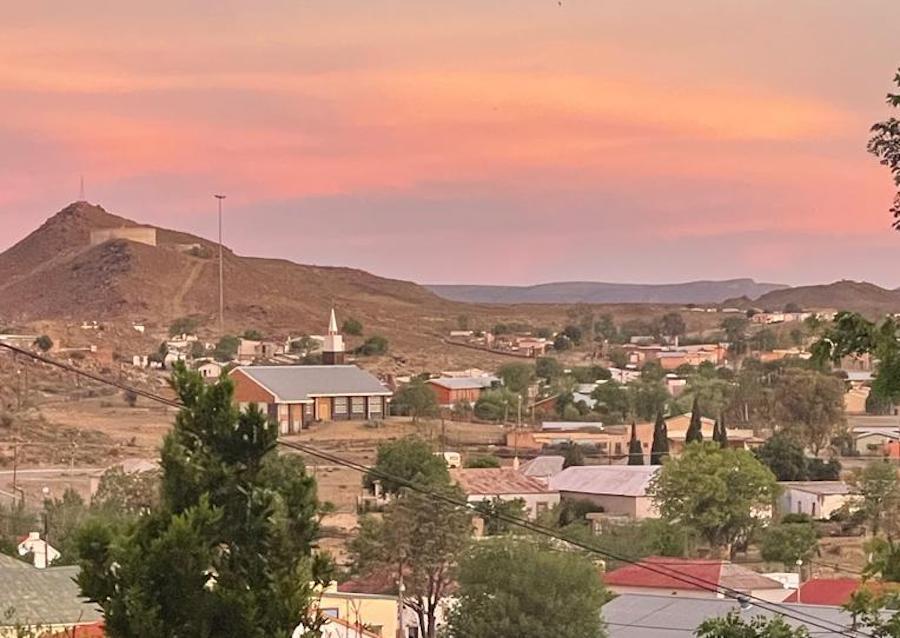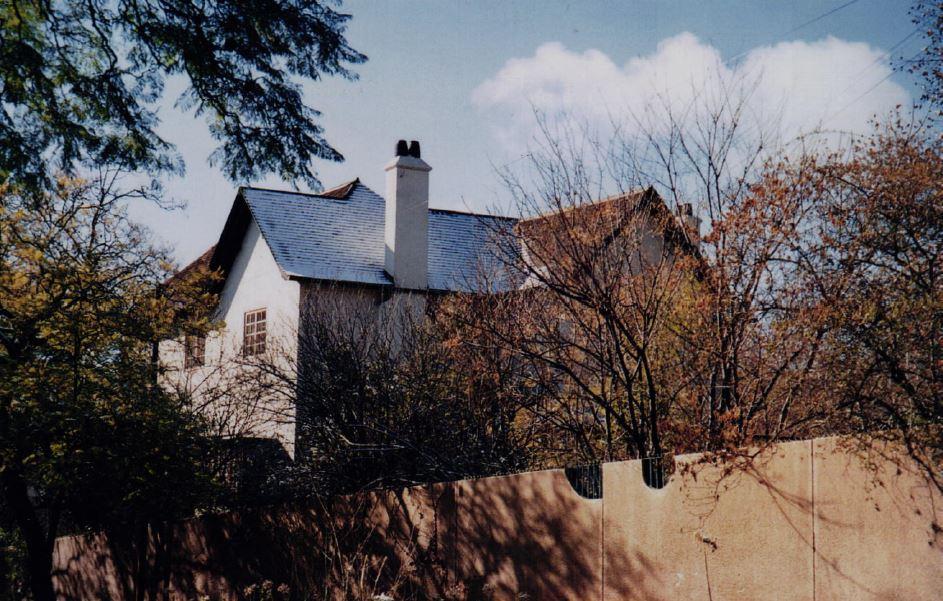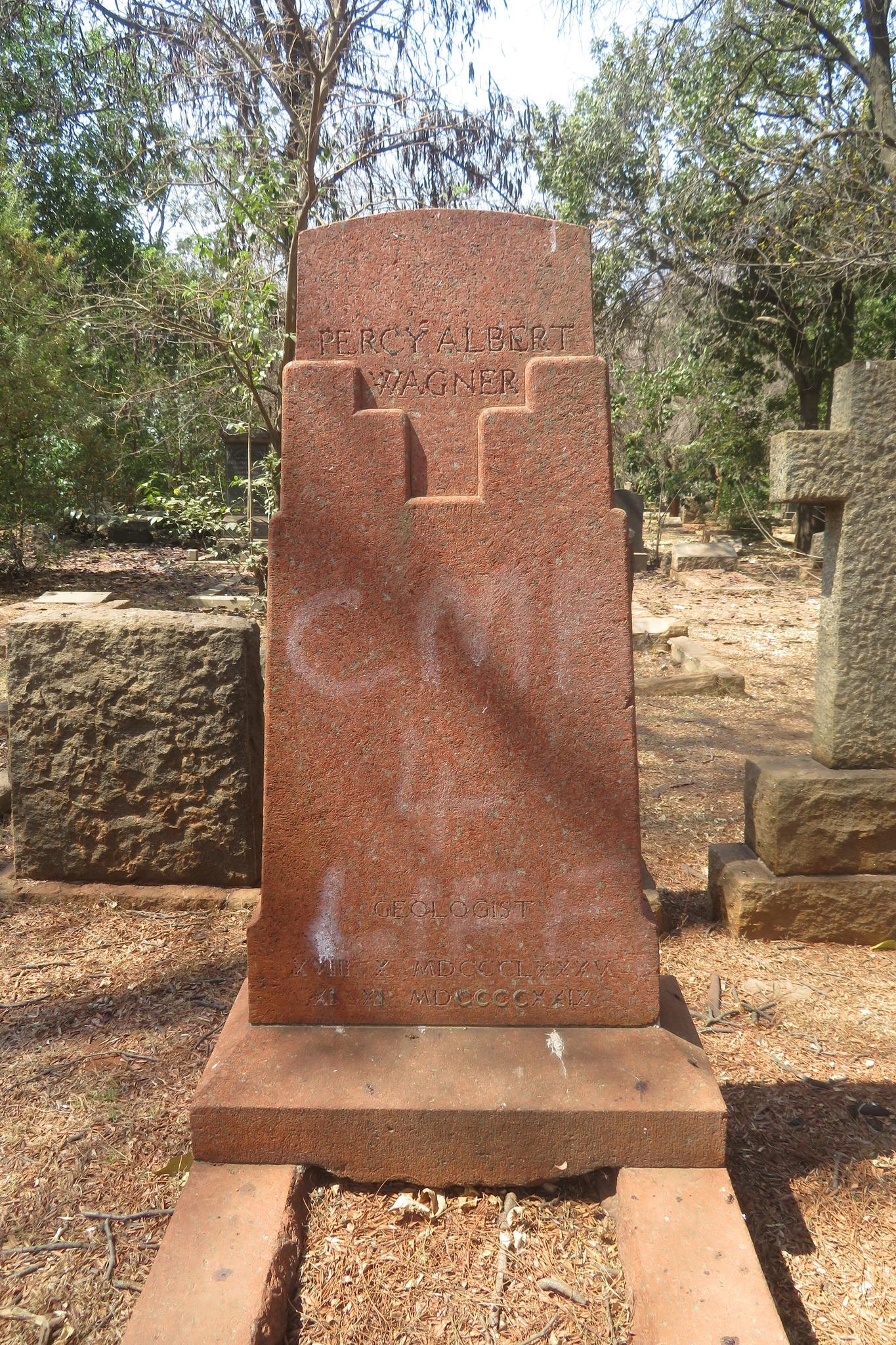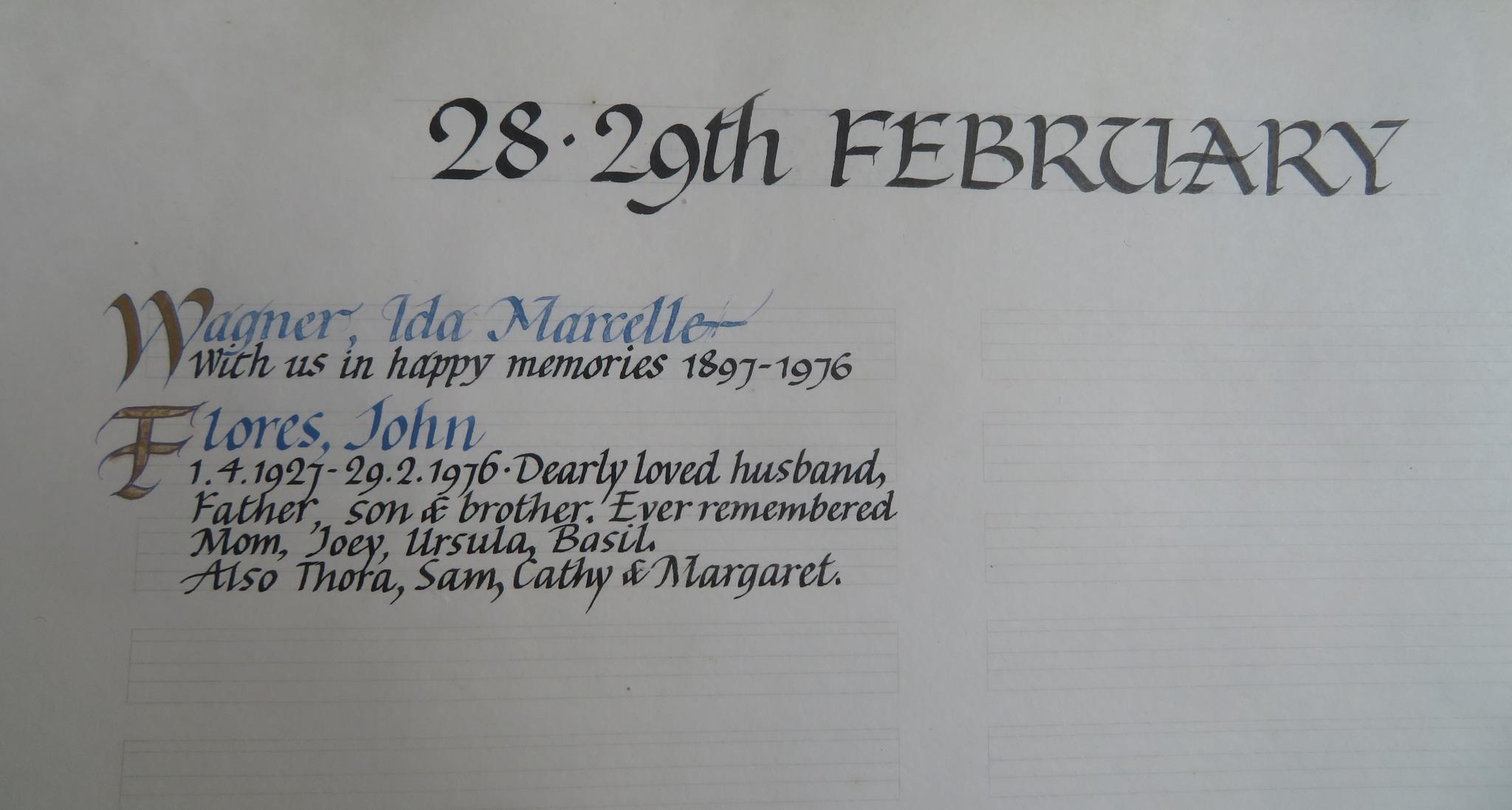
Disclaimer: Any views expressed by individuals and organisations are their own and do not in any way represent the views of The Heritage Portal. If you find any mistakes or historical inaccuracies, please contact the editor.
To anyone familiar with the history of Richmond in the Northern Cape, the surnames Wagner and Hoffa are of great interest. In 1876, a 33-year-old storekeeper/accountant, John Martin Wagner married Bertha Hoffa, aged 20 years, in Richmond, the ceremony being performed by the Resident Magistrate. One of the witnesses to the marriage was Julius G Mosenthal. I wonder whether this is the same Julius who became a member of the Johannesburg and London Stock Exchanges and was buried in Highgate Cemetery in London?
The Wagners had 3 children who did well for themselves; clearly well educated. The eldest son, John, became a Solicitor; the middle child married a Civil Servant and the third child, born in Richmond in 1885, the subject of this biography, was Percy Albert, who became an eminent Consulting Geologist in South Africa.
But before we get to Percy, it is of interest to look at the family of Bertha. She was the firstborn child of the local doctor in Richmond, Moritz Hoffa, and was born in that little town/village in about 1856. She had 5 siblings and 1 of those achieved great heights in the world of science. This was Dr Albert Hoffa, born in Richmond in March 1859. He trained as a surgeon, an orthopaedist and a physiotherapist. He is described as the founder of modern orthopaedics. It was he who introduced an operation for congenital hip dislocation in 1890.
When Percy was 17 years old, his father, John Martin Wagner, died on a mail train between Cape Town and Johannesburg in the vicinity of Beaufort West. Apparently, he died of heart failure due to vomiting, an episode that lasted about 2 minutes. John Martin’s wife, Bertha lost all her children before dying in Pretoria in 1943, at the age of 87.
Percy was sent to school at SACS in Cape Town, after which he studied at the School of Mines and Technology in Johannesburg, later training as a geologist in Germany. This training gave him a sound background in mine engineering and geology, and he became an authority on the economic significance of mineral deposits in Southern Africa. He became the consultant to the Union Minerals Exploitation syndicate in Johannesburg and wrote extensively on his field, publishing many articles. He, however, pushed himself hard and he died in November 1929 at the age of 44 due to typhoid fever, broncho pneumonia, emphysema and resultant heart failure.
Somehow, he found time to marry Ida Marcelle van den Berg in 1922. He was 36 and she only 24. They had 2 children, John Christopher and Joan Mary, both of whom qualified as doctors. At the time of his death, the family was living at 1 Seymour Avenue in Parktown West. John was only 6 years old, and Joan was 2. In an obituary, he was described as South Africa’s most brilliant geologist.
1 Seymour Avenue Parktown
Percy Albert Wagner was buried in Brixton cemetery in November 1929 and the headstone that was erected on his grave must have had some significance in the world of geology as it is a very distinctive colour and beautifully cut. Sadly, it was vandalised with graffiti many years ago and lead lettering has been removed. Ida outlived him by 47 years, dying in 1976. She has an entry in the Book of Remembrance at Braamfontein crematorium.
Percy Wagner's grave in Brixton Cemetery
Ida Wagner's entry in the Book of Remembrance at Braamfontein Crematorium
Sarah Welham is the founder of the Friends of Johannesburg Cemeteries
Comments will load below. If for any reason none appear click here for some troubleshooting tips. If you would like to post a comment and need instructions click here.



